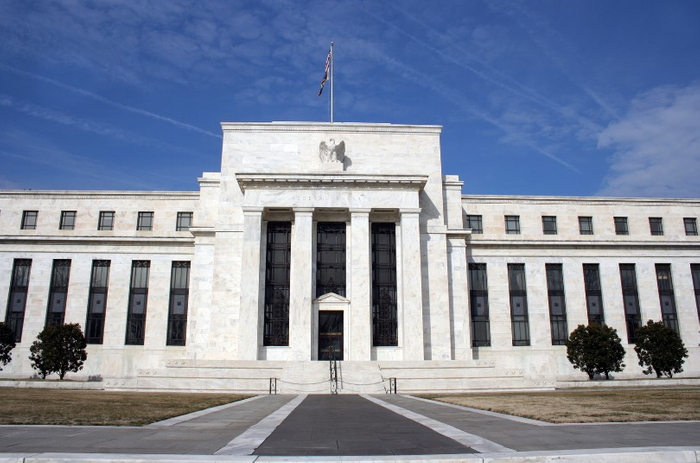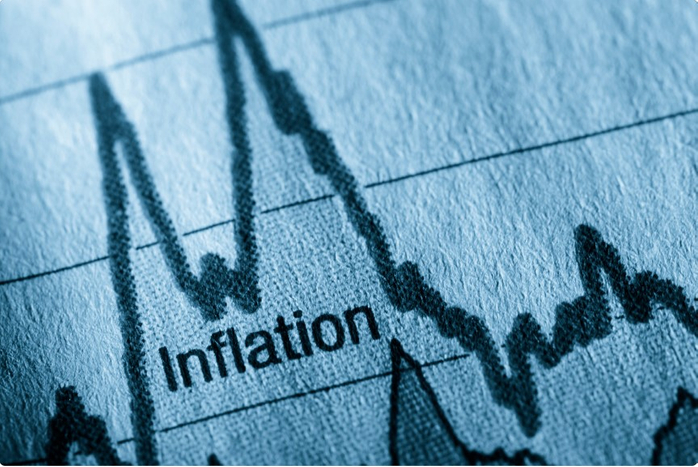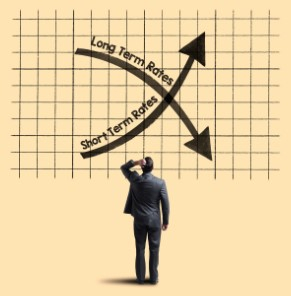Be prepared as rates are going up more in 2022 and likely in 2023 too
A few days before the beginning of August 2022, Wall Street’s eyes and ears were on the Federal Reserve, and as expected, the FOMC raised the fed funds rate by 75 basis-points. It was the Fed’s second consecutive 75 basis-point increase, taking its benchmark rate to a range of 2.25%-2.5%.
But what was surprising, at least to some, was that the Fed seemed to signal that the pace of rate hikes might slow down in 2022, as Fed Chair Jerome Powell said there will be a point where the Fed starts to slow hikes to assess their impact
As an investor, you undoubtedly ask when, or if, the Federal Reserve Bank raises interest rates, how will that affect consumers and businesses? In particular, what about the consequences for certain segments of the economy?









